|
Some genius spider stitched these leaves together. Extended deer season hiker safety = Punky Brewster style points. Some sort of insect case. Carpinus caroliniana, which I've always called musclewood and it is occasionally called hornbeam or ironwood.
4 Comments
After my second Christmas Bird Count (I'll cover this in the next post) in a couple of weeks on January first, I was ready for some fast/sweat-inducing hiking on the the 2nd. So, we set out from home and did a hike that connected some local preserves. It was a bit gray, but the blanket of snow made for a nice backdrop for pops of red (and Eliot's new hunting safety hat). We need to keep working on our winter tree identification skills and animal prints for that matter, but there were a few old favorites we remembered. Below are some photos from the hike. Beech leaves still clinging on. A surprisingly active spider. Yellow-bellied sapsuckers drill these wells on trees for the same reason that we drill holes to make maple syrup. Many hummingbird species feed from these sap wells and some even time their migration to align with Sapsuckers. They are the only woodpecker in North America that migrates. Snowcatcher nest American Witch hazel (Hamamelis virginiana), called winterbloom by some, has a showy flower in October and November. Quite the floral treat for winter eyes. The petals have fallen here and now only the calyx remains. Aside from being one of the only winter flowers, witch hazel also has medicinal and historical uses. Native Americans first taught European settlers about how to use it for inflammation and it is still commonly used as an astringent. Another use that I've heard my mother's side of the family talk about is it being the best species for divining rods to locate water (a skill my Grandfather had because, logically, he was the seventh son of the seventh son). That's a story for another day. Bittersweet Clematis vitalba (Old man's beard or travelers joy): A plant that emulates the hairstyle I most wanted in 1987 Physalis alkekengi (Japanese lantern): cool, but nonnative
|
Archives
July 2018
Categories
All
|
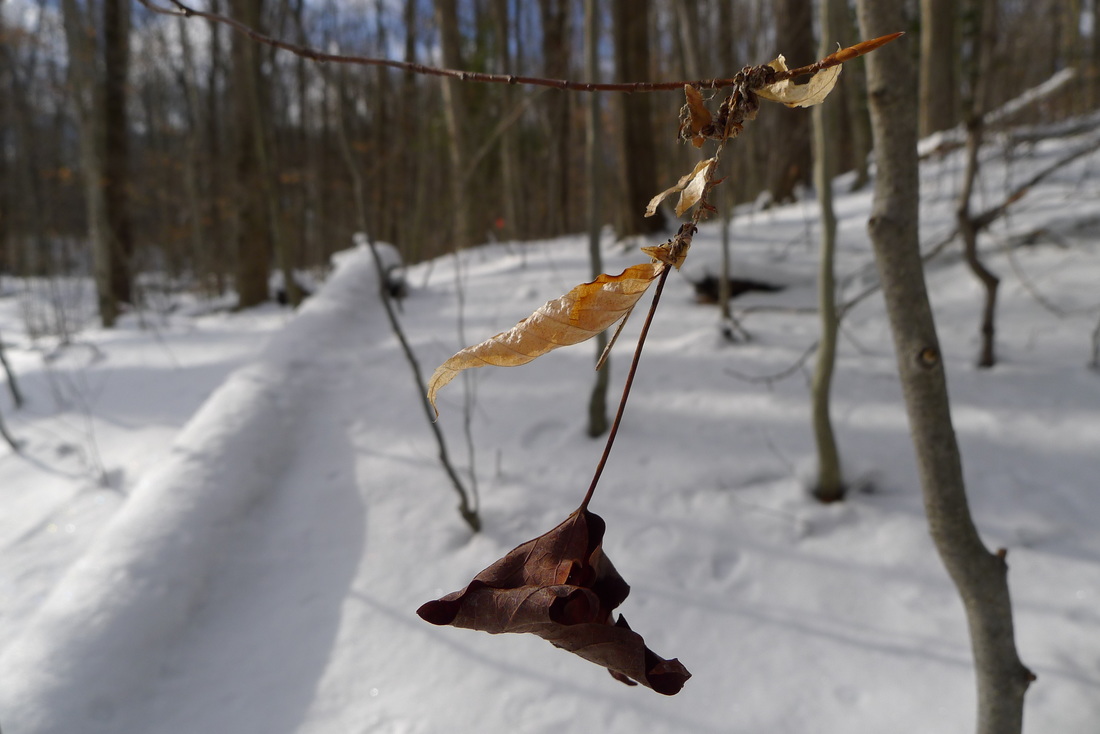
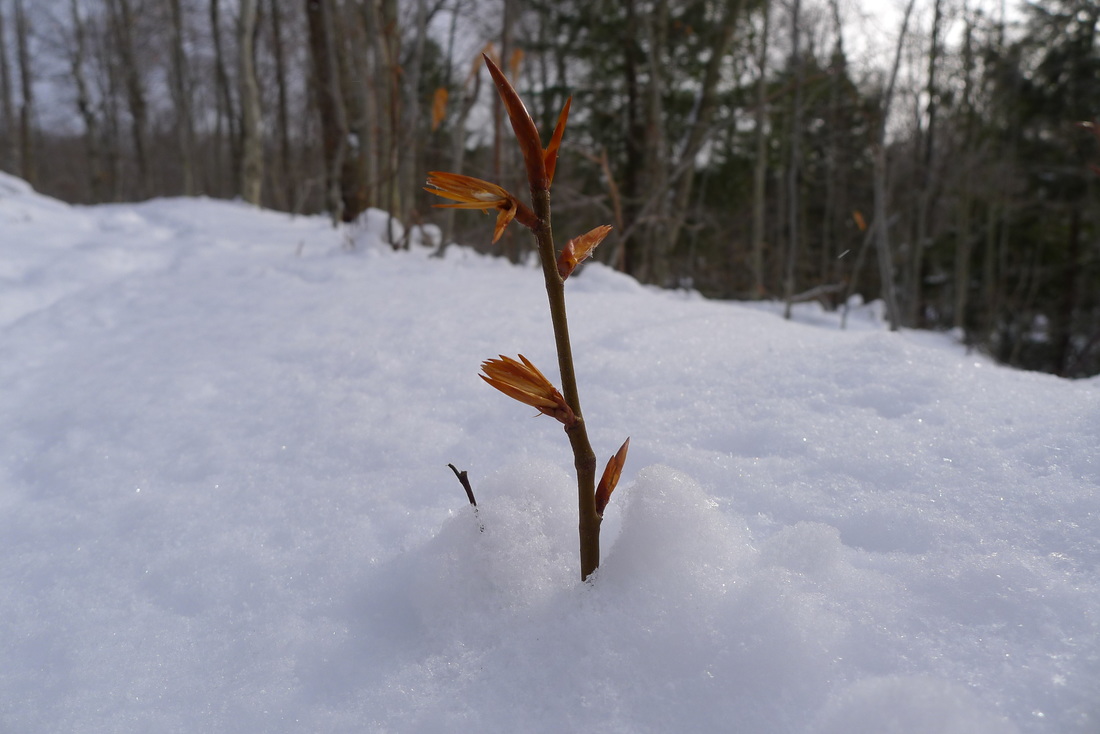
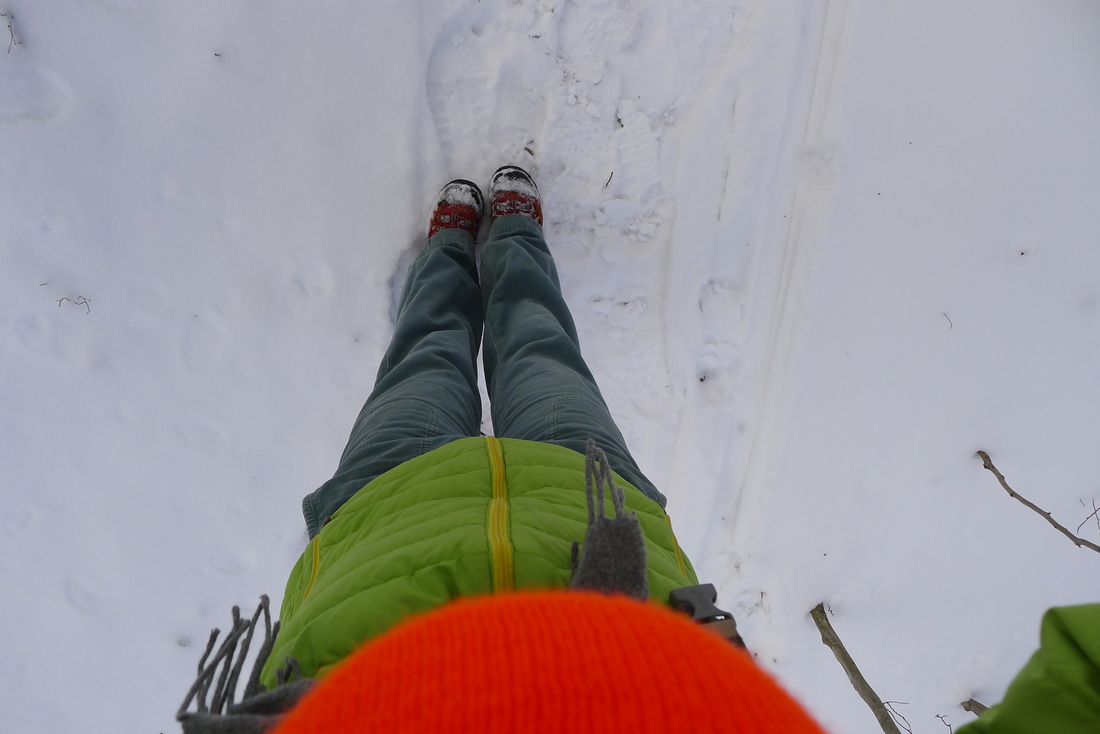
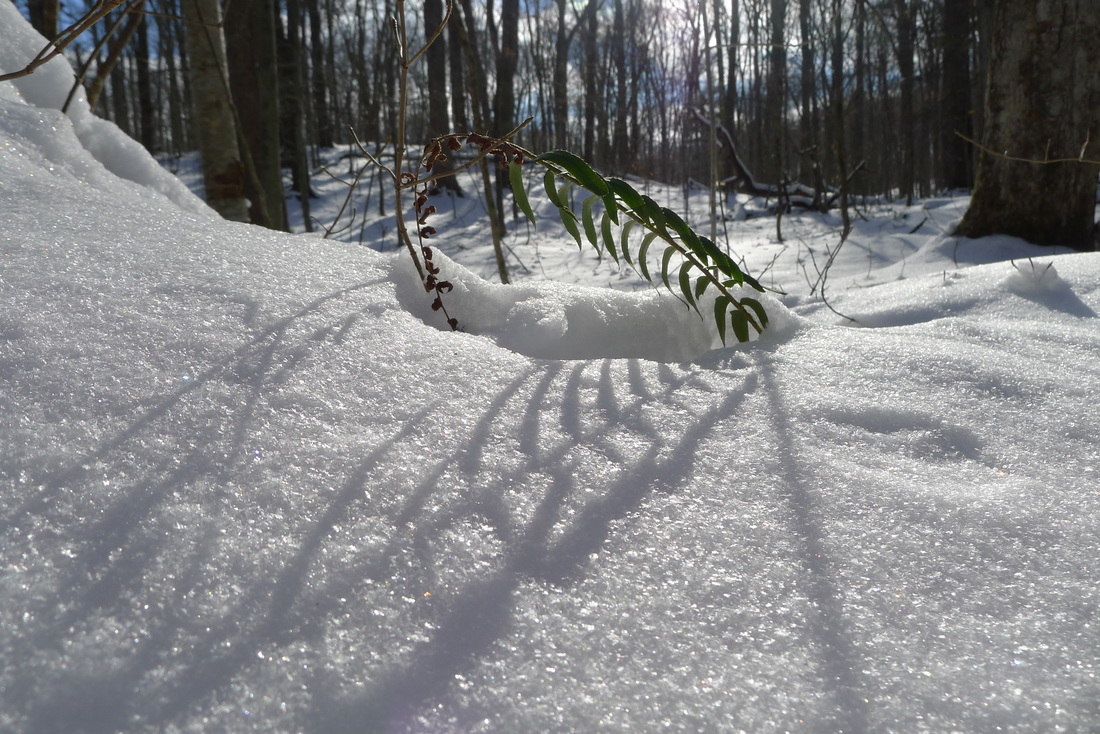

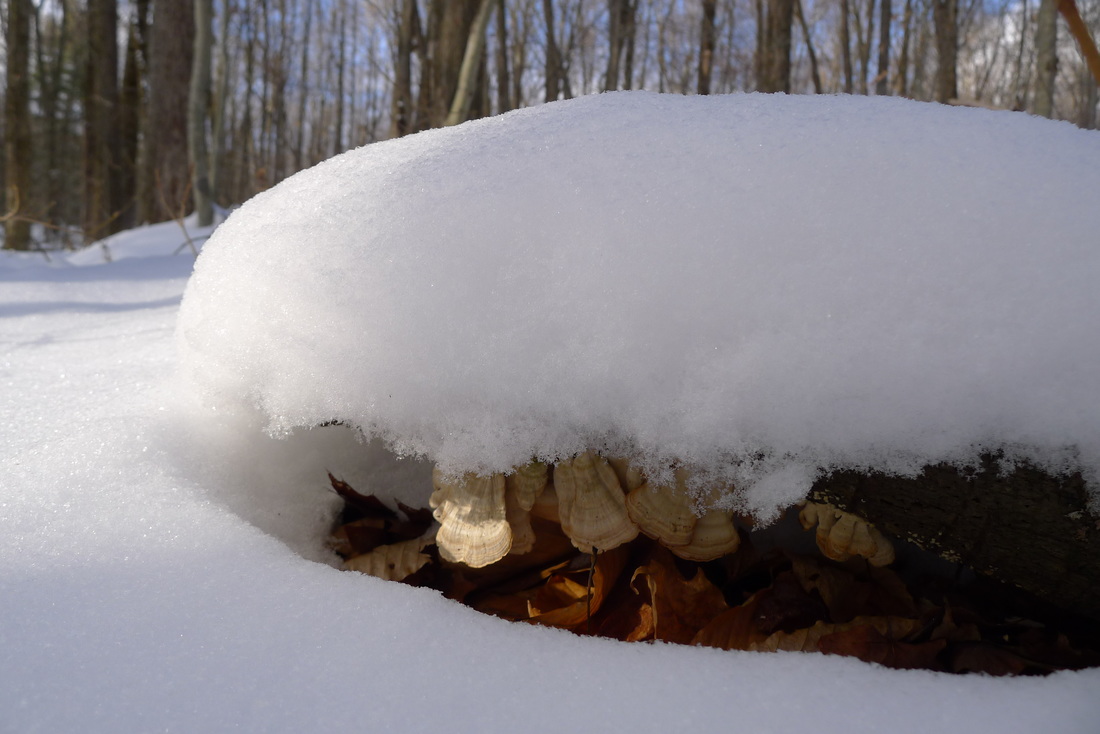
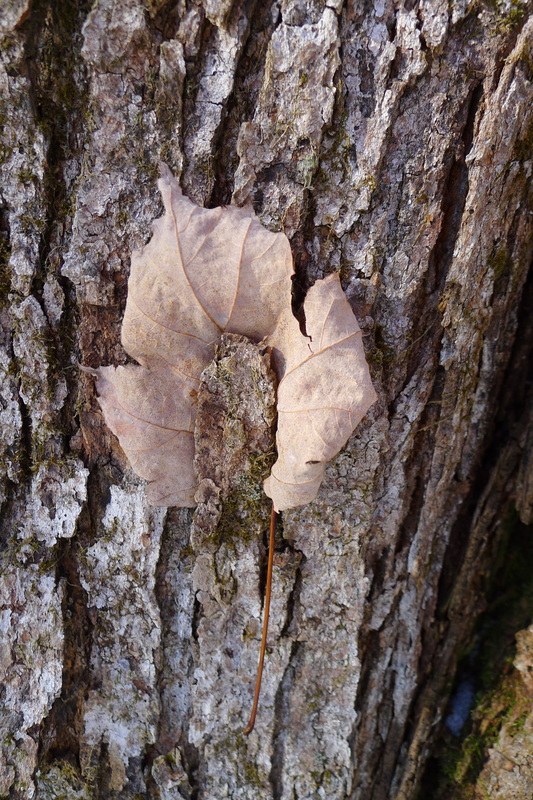
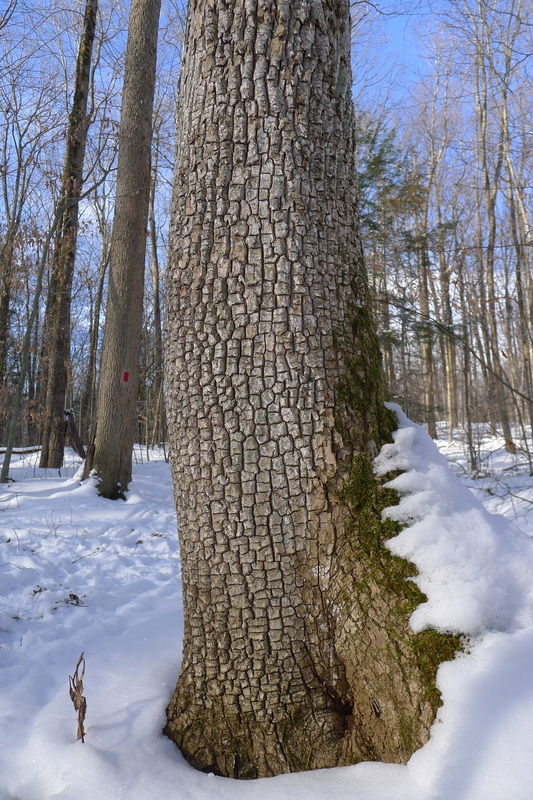

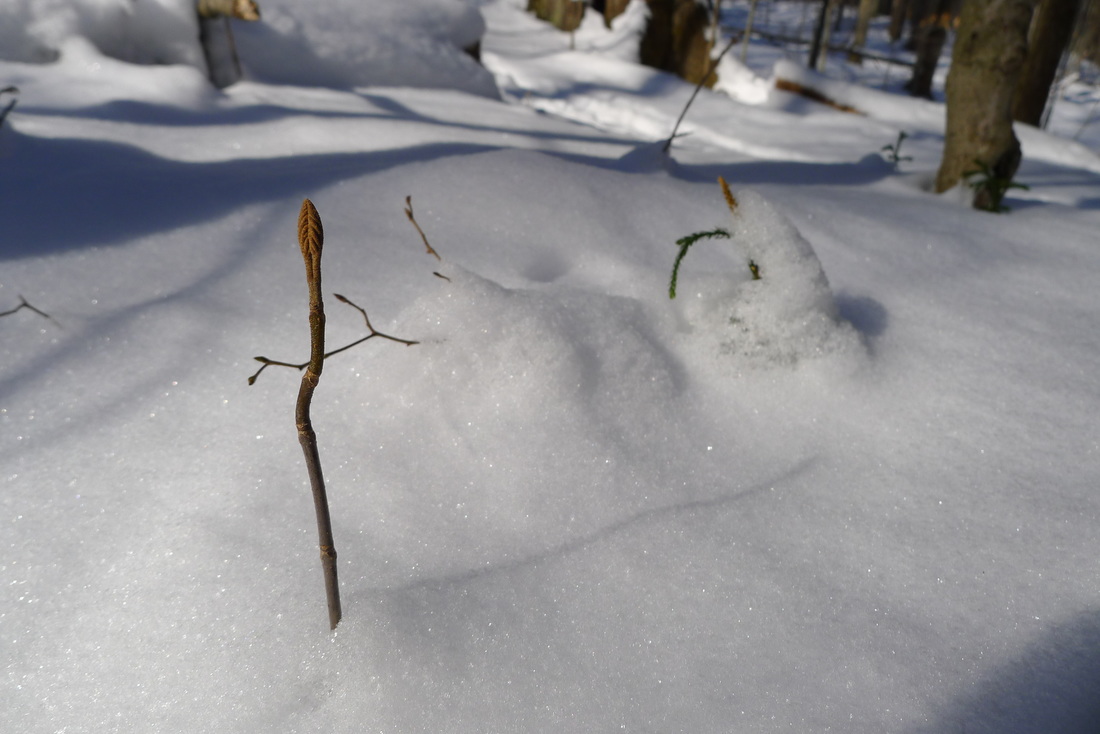
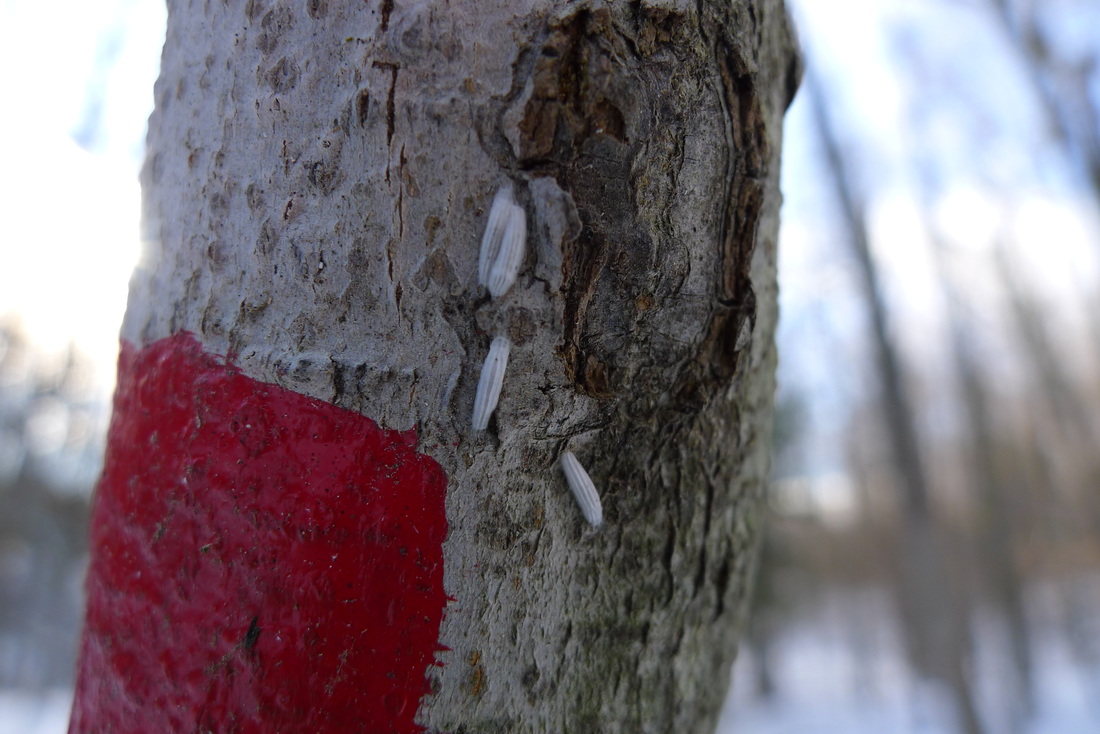
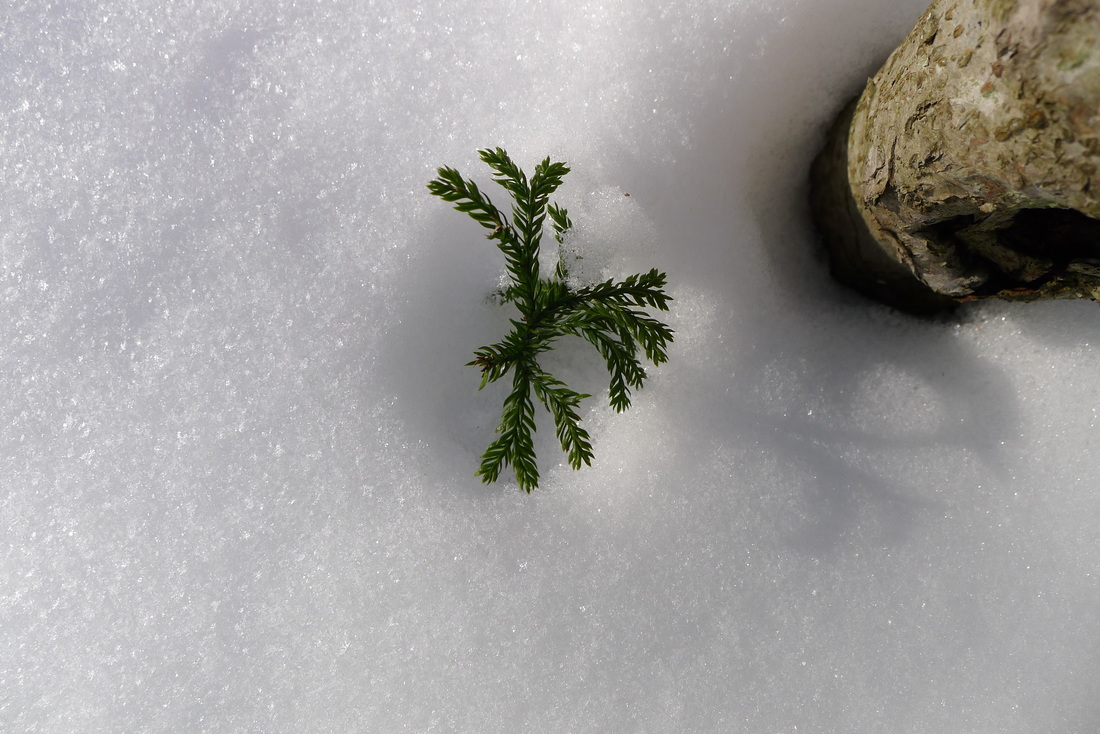
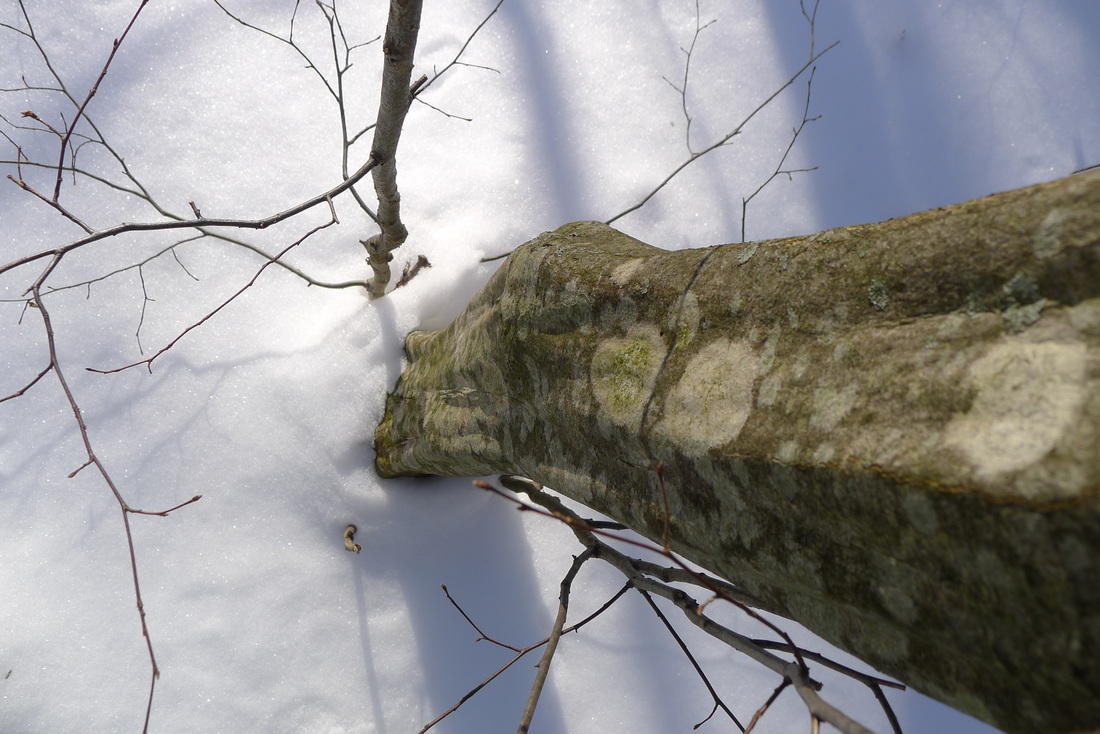
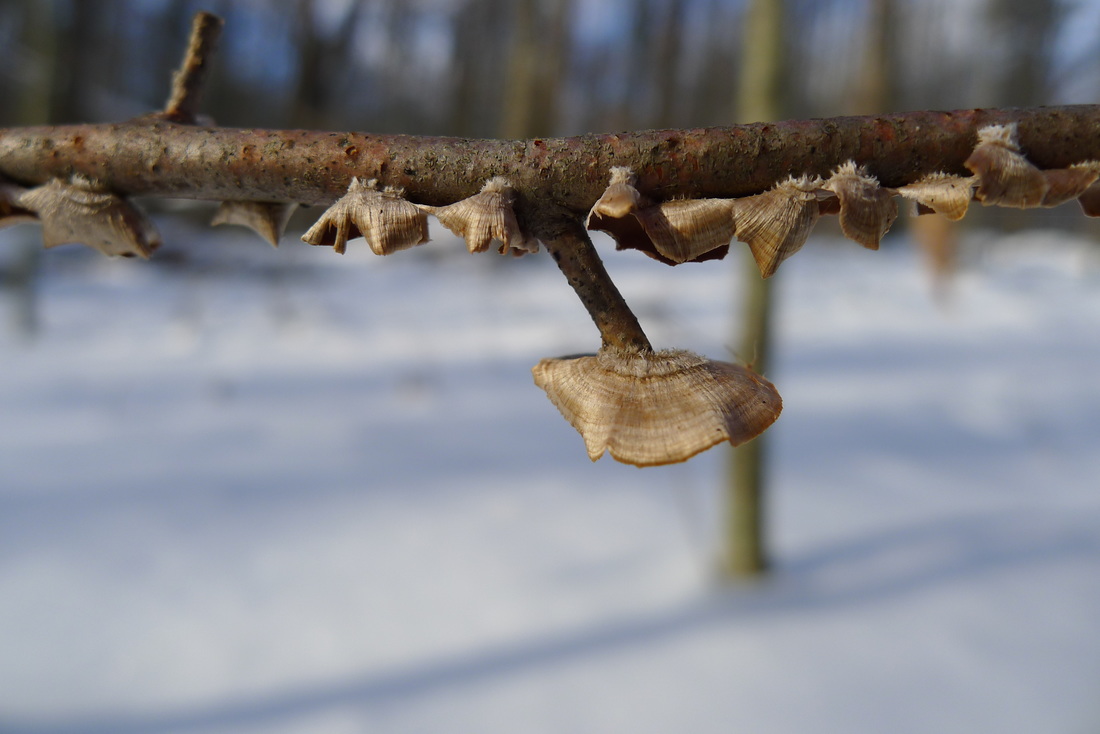
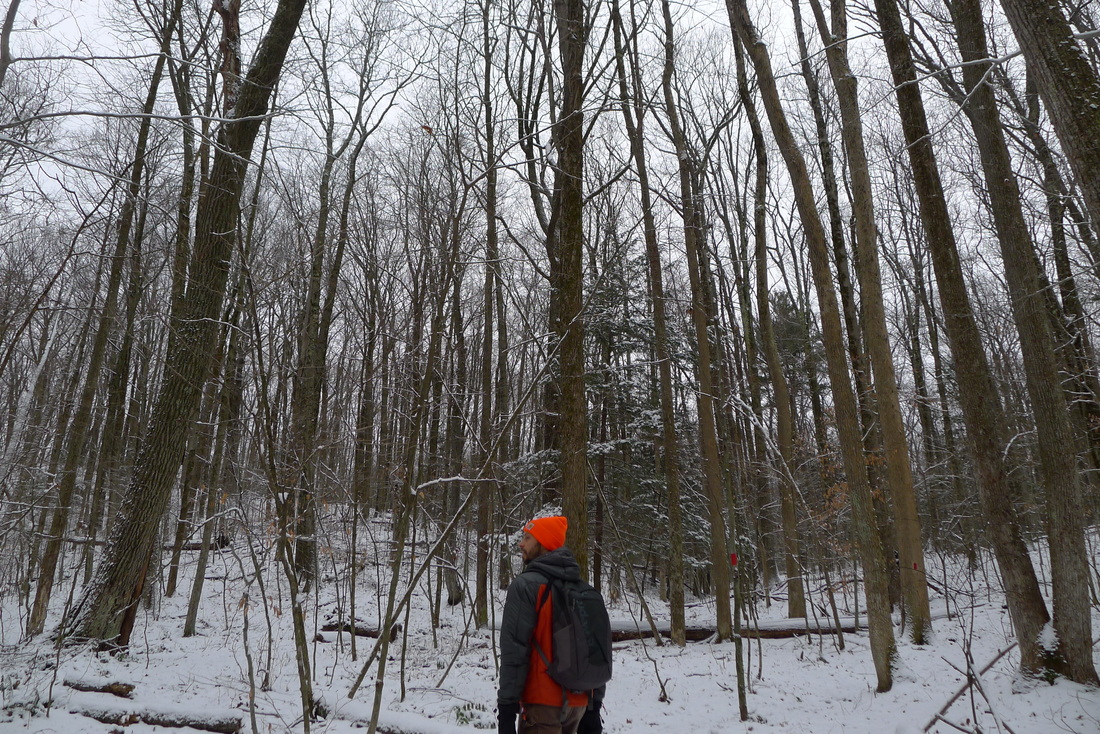
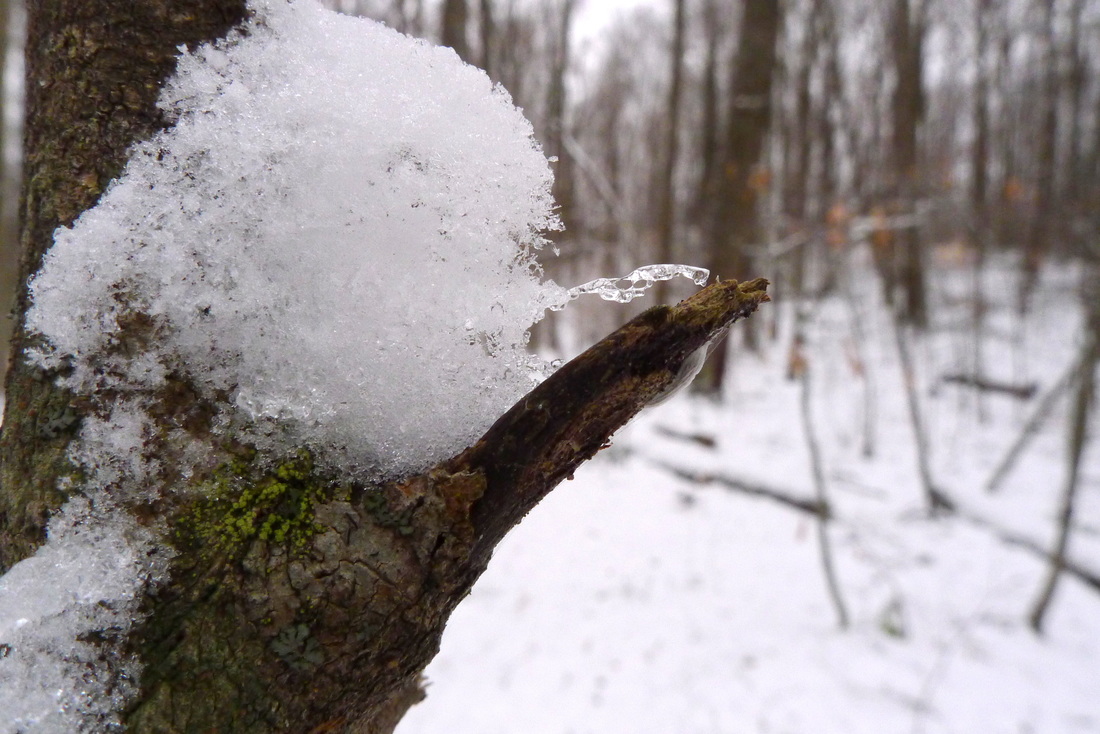
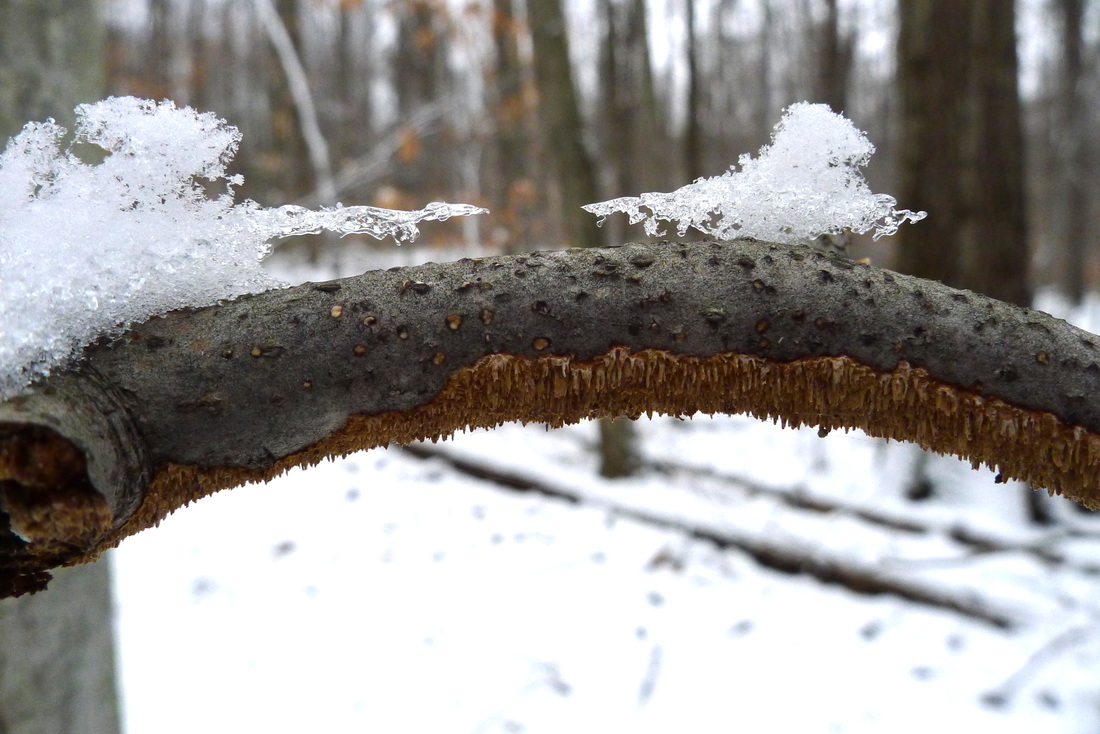
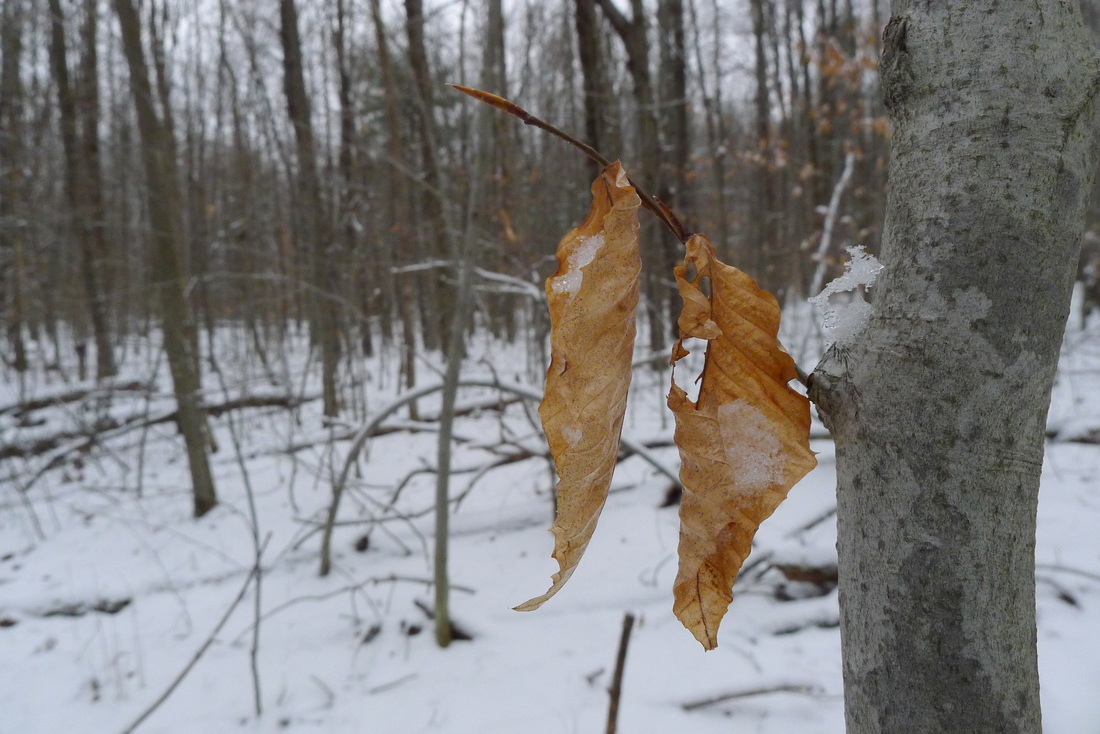
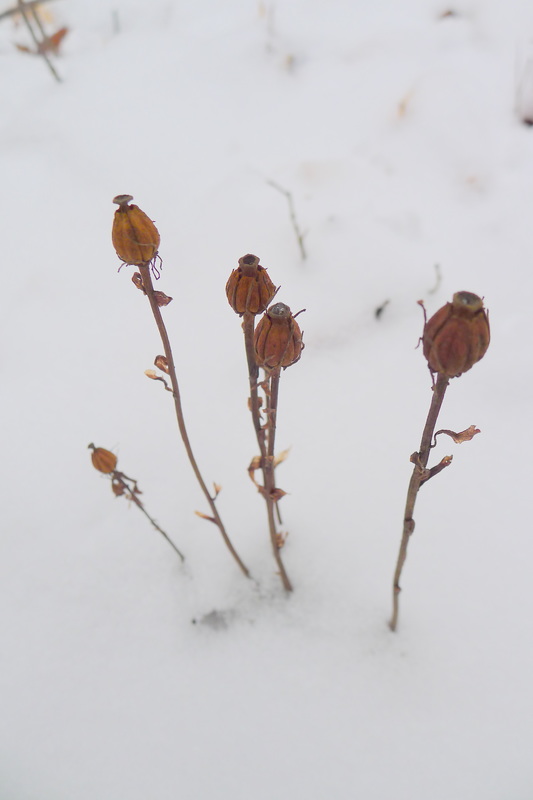
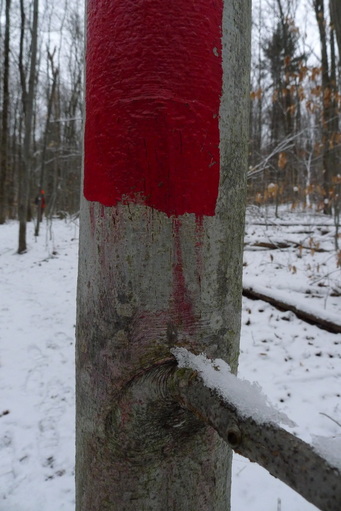
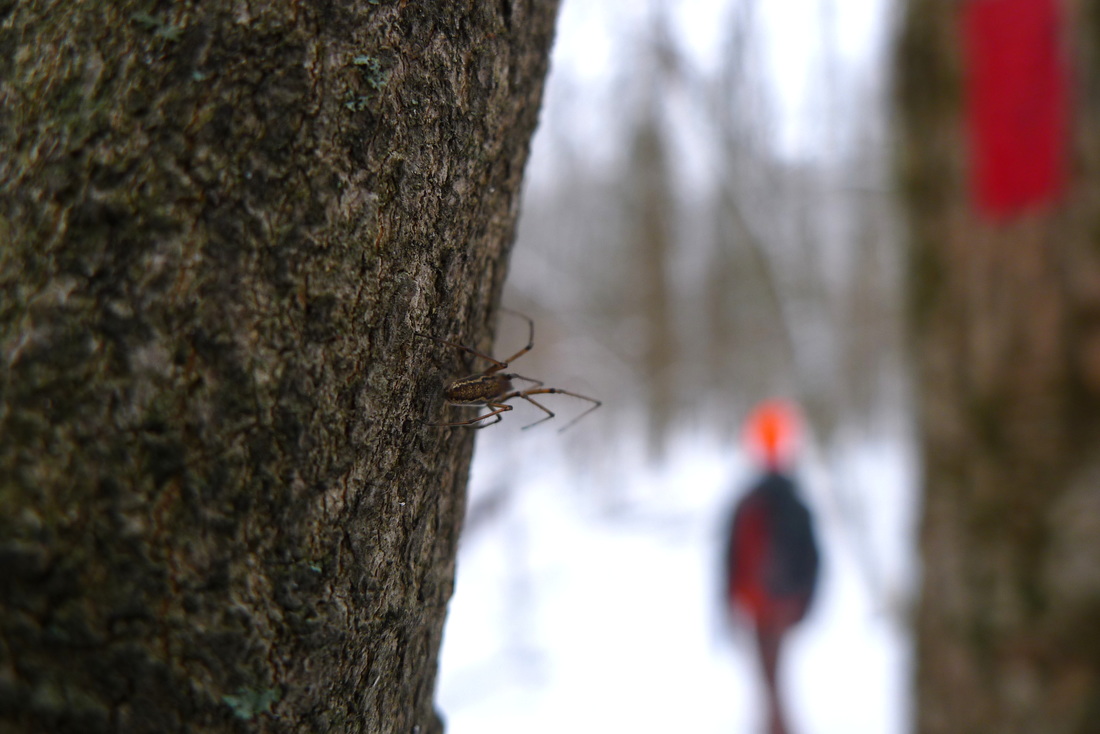
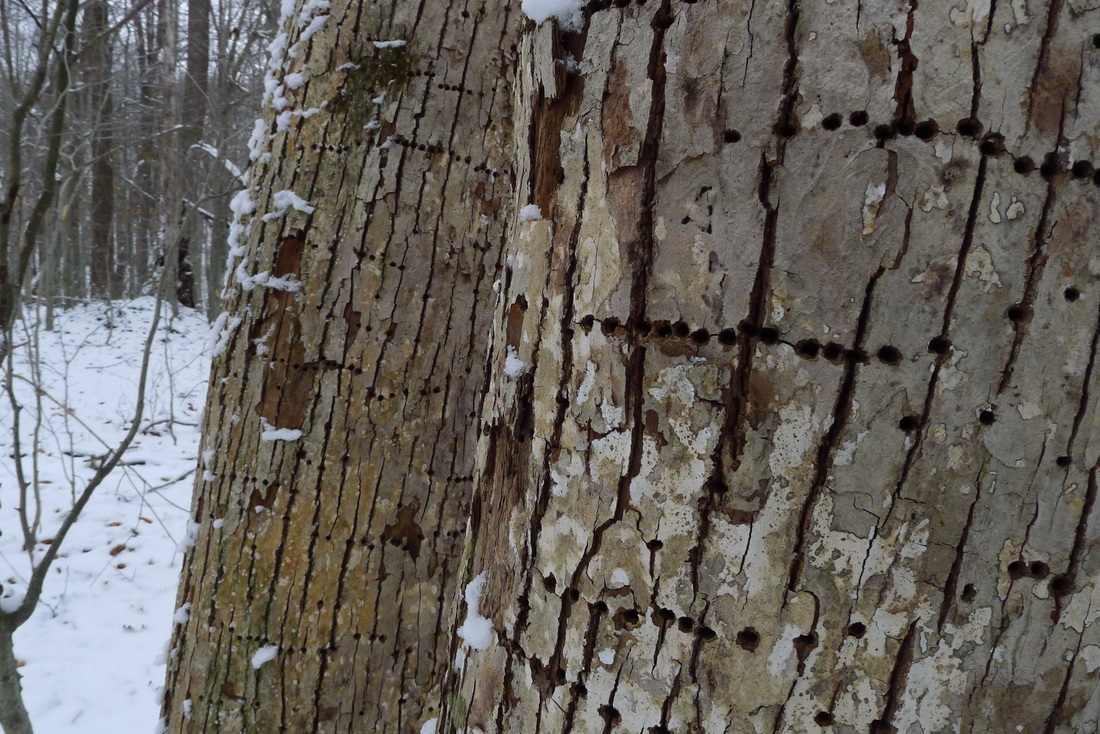
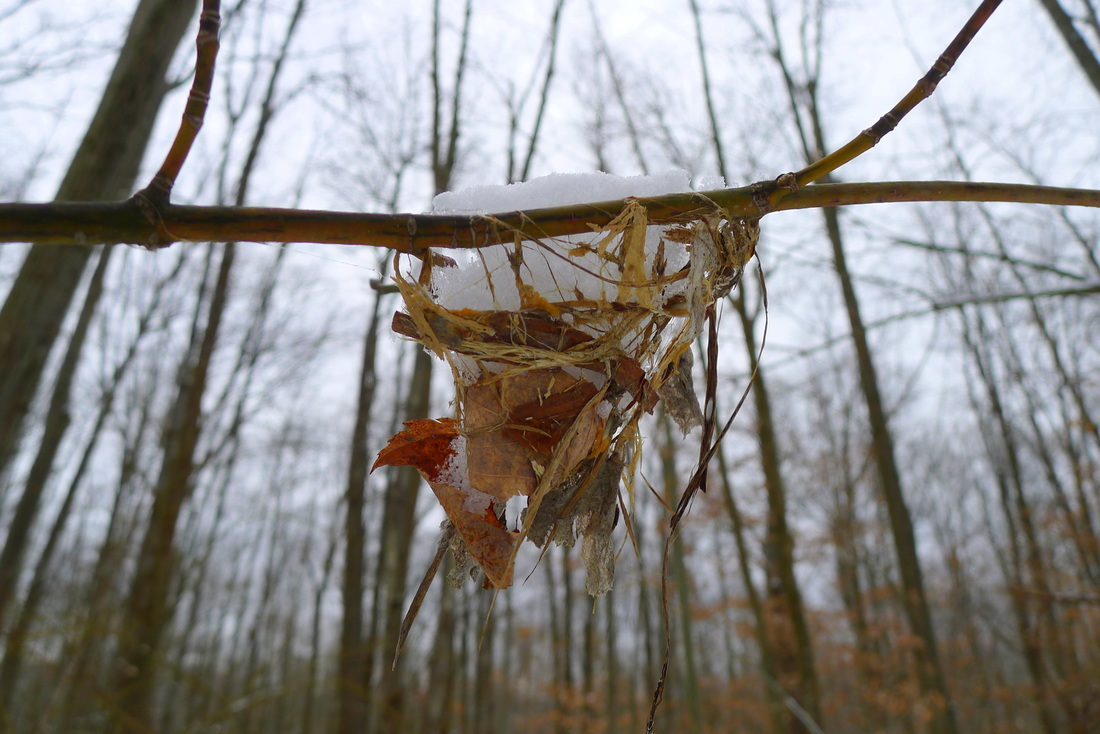
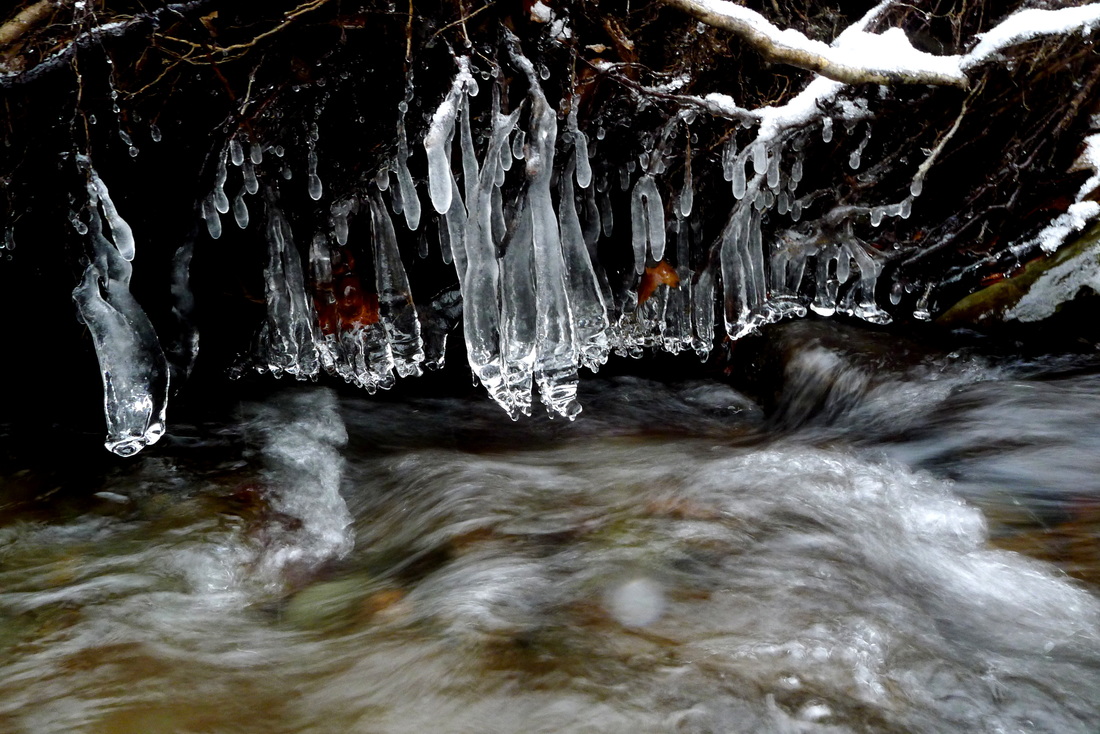
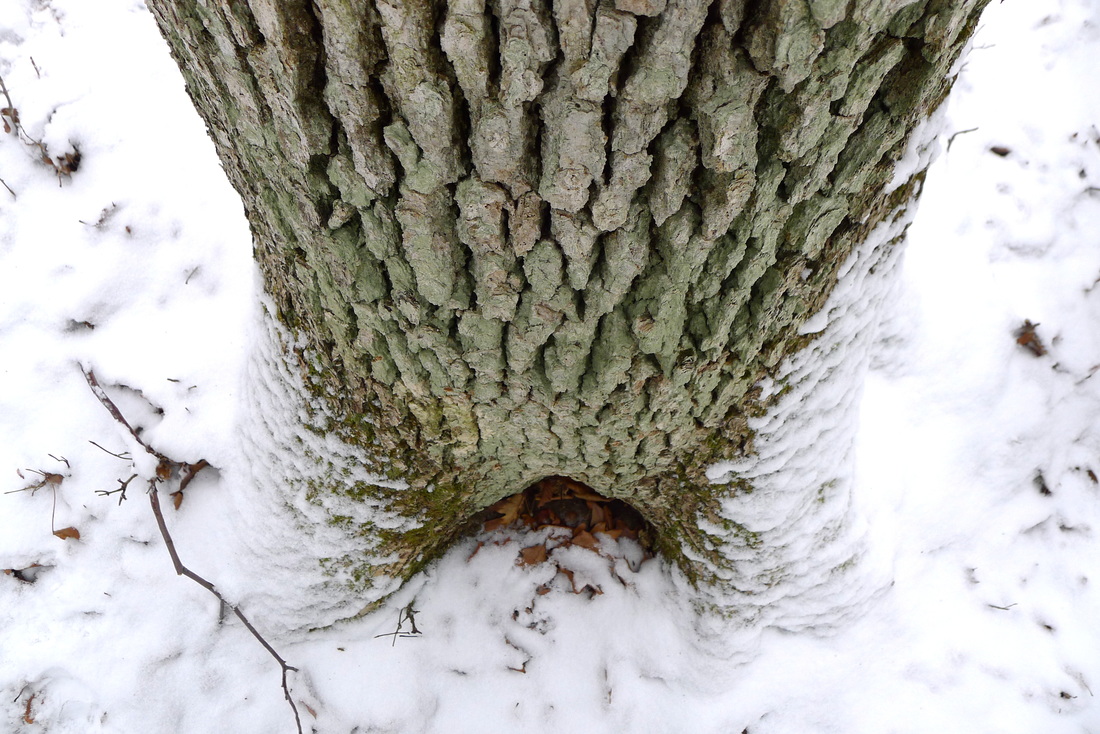
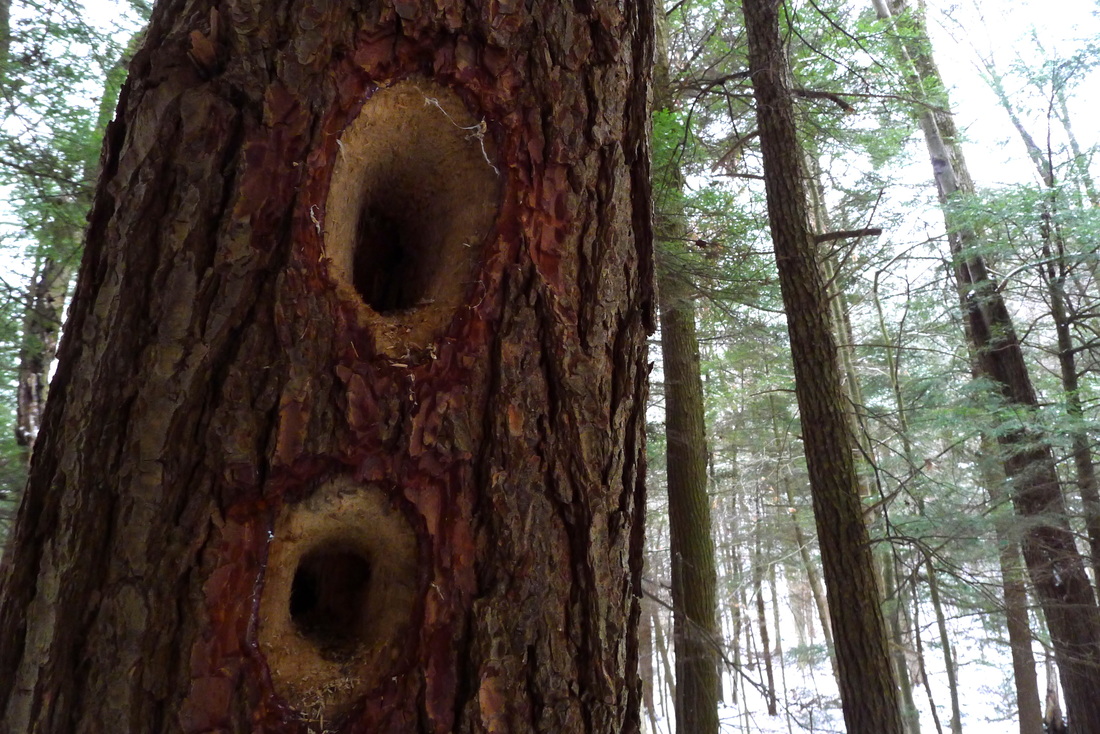
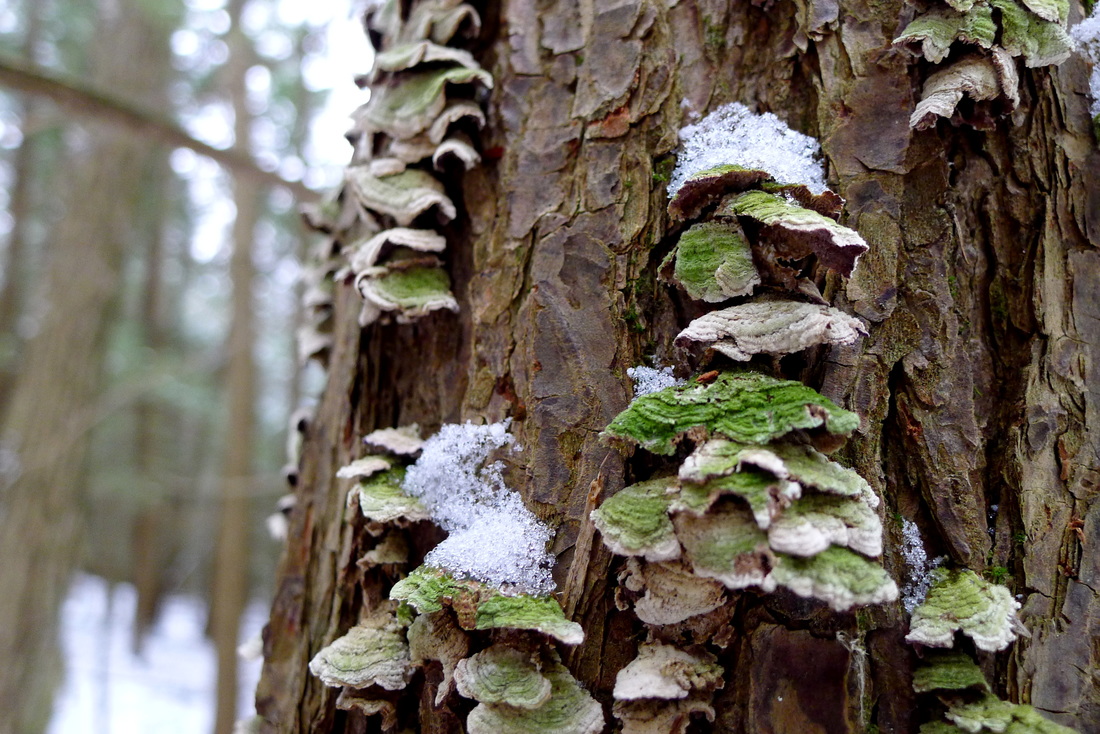
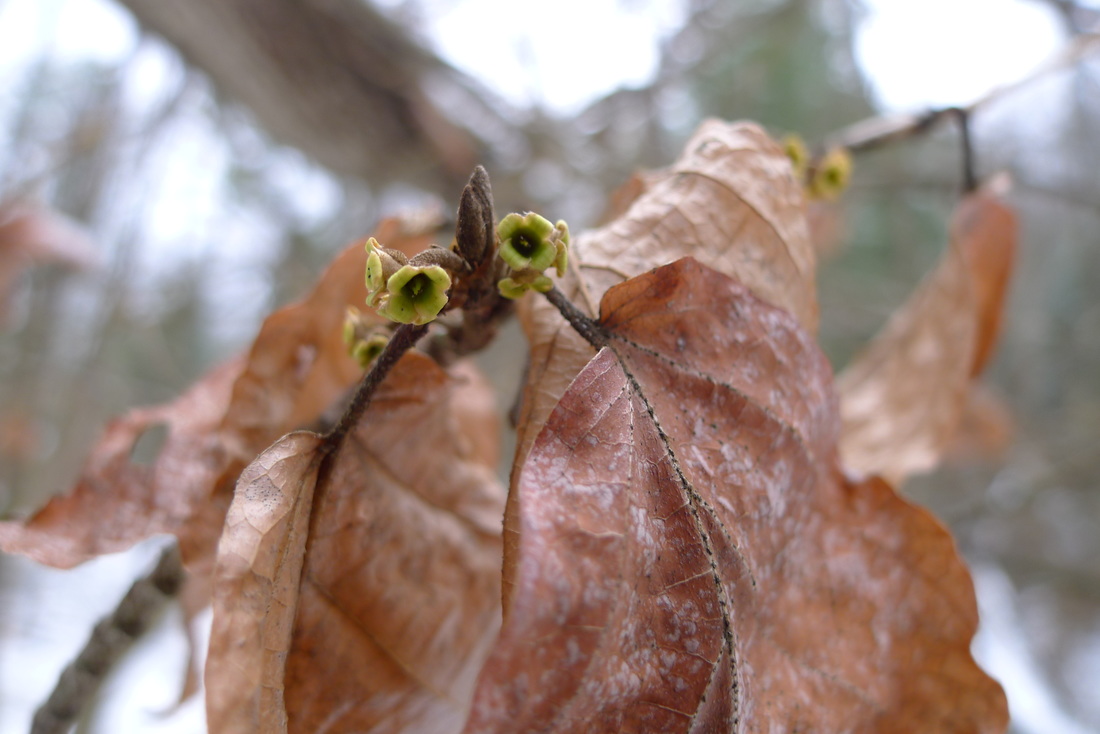
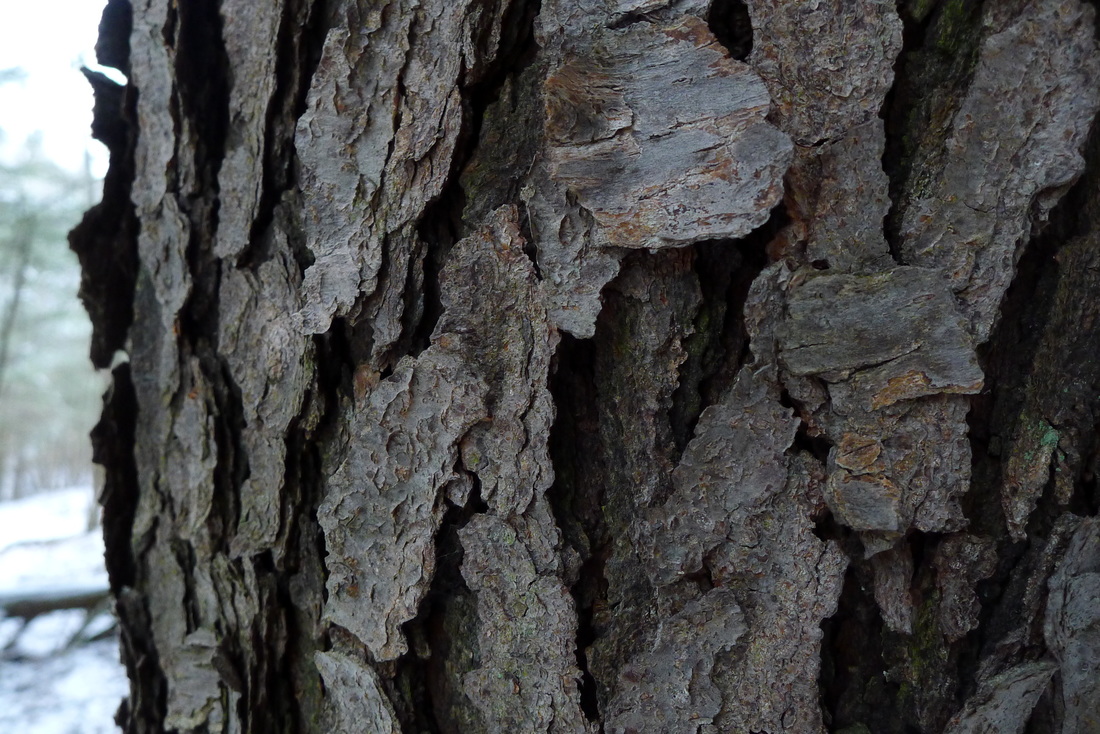
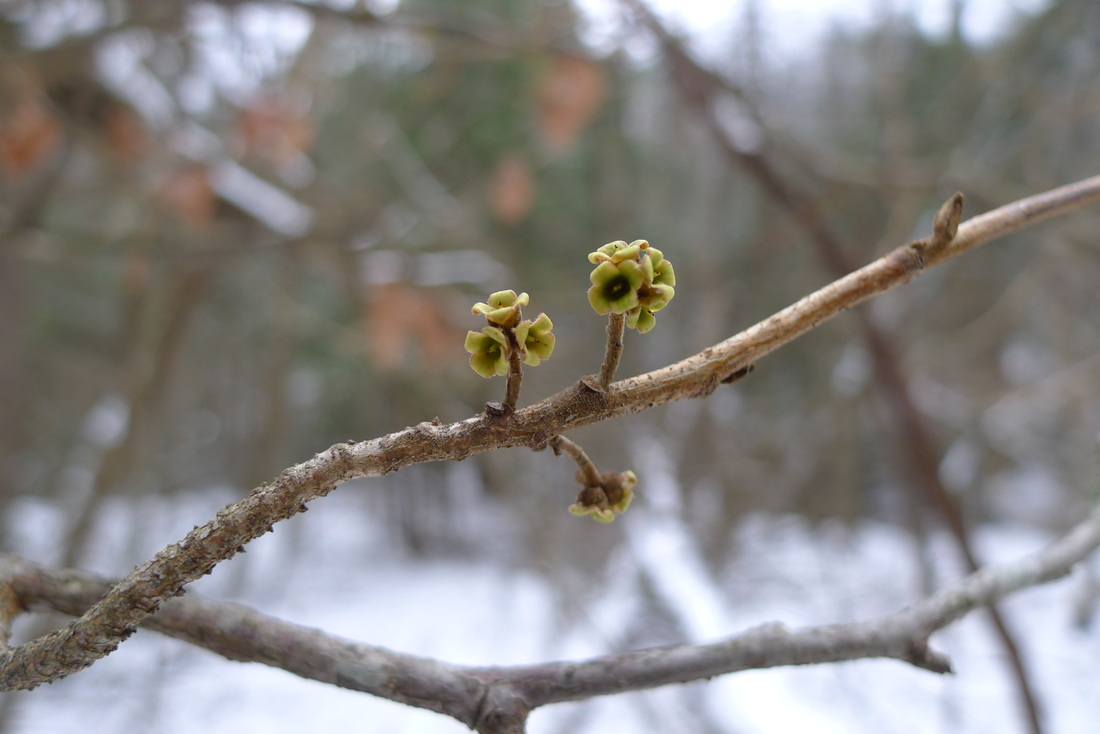
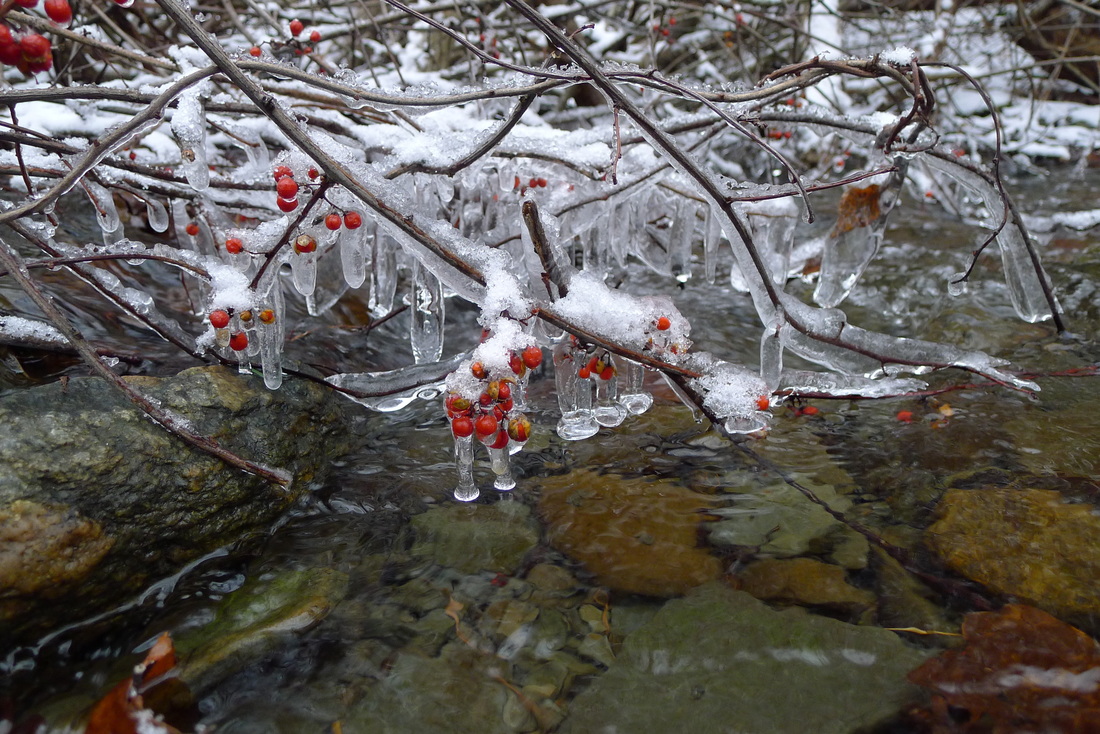
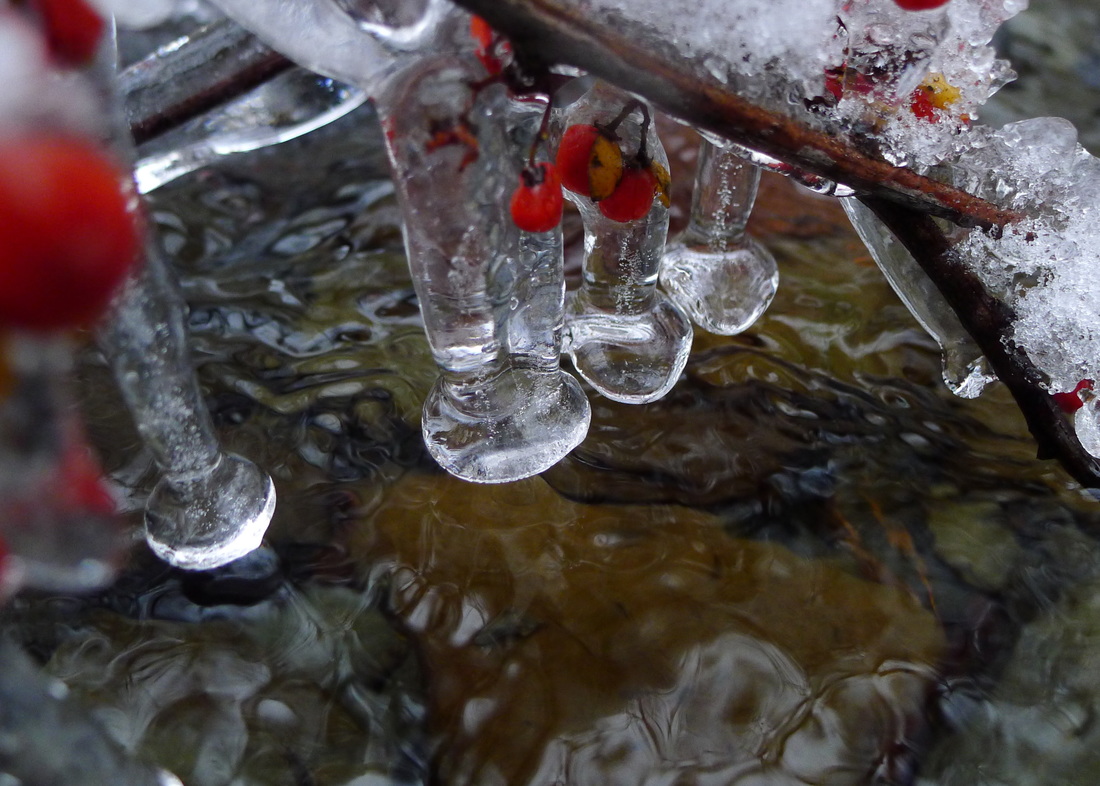
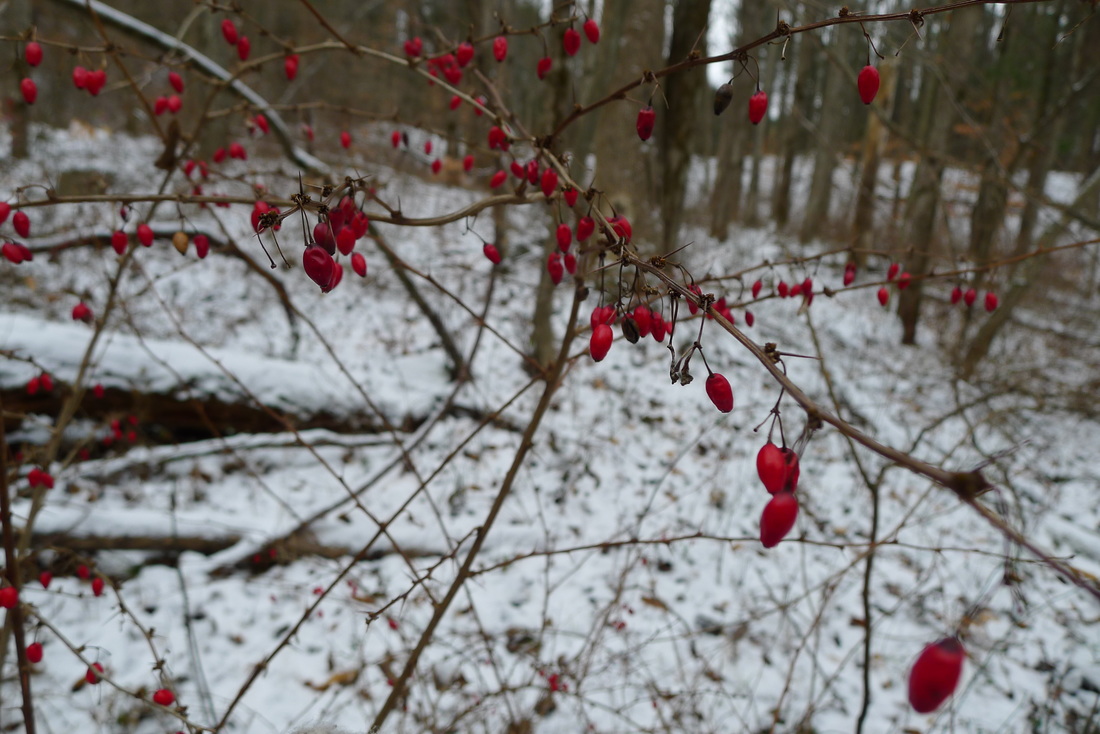
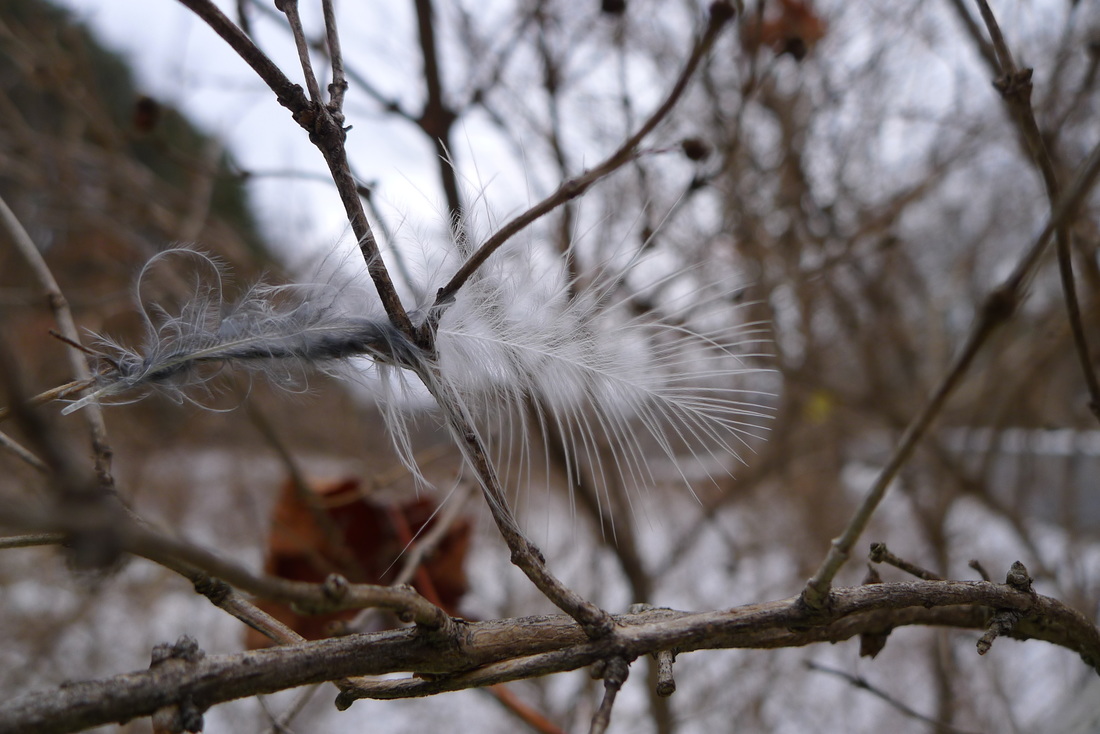
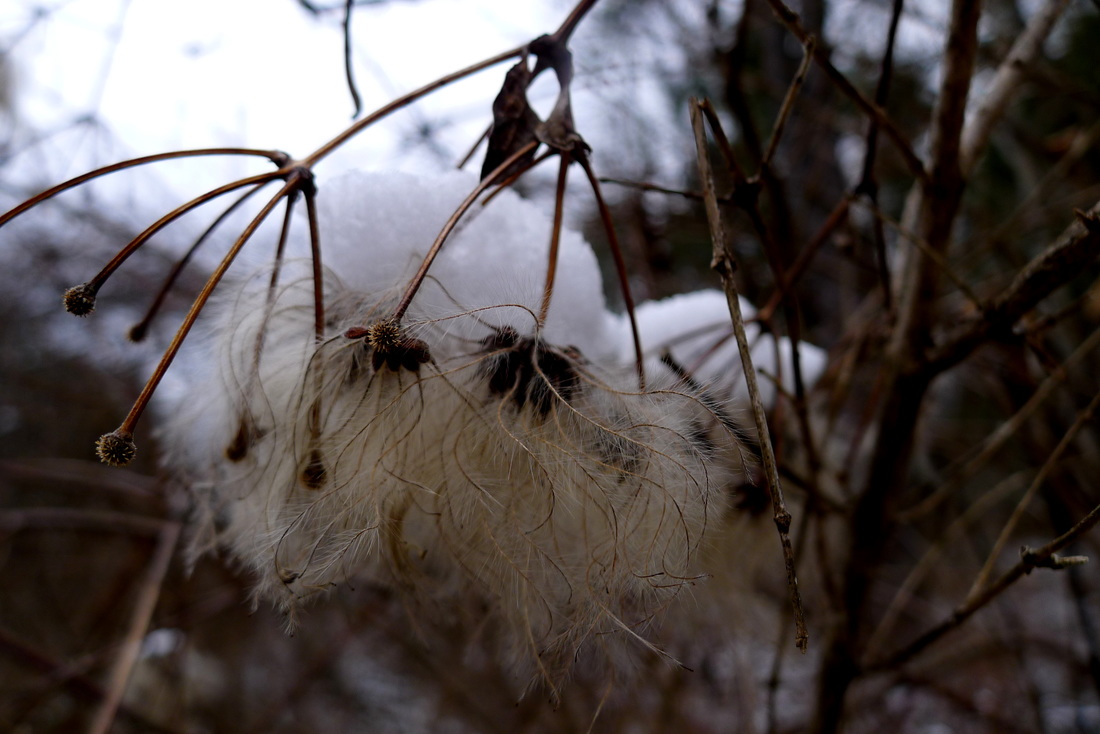


 RSS Feed
RSS Feed
